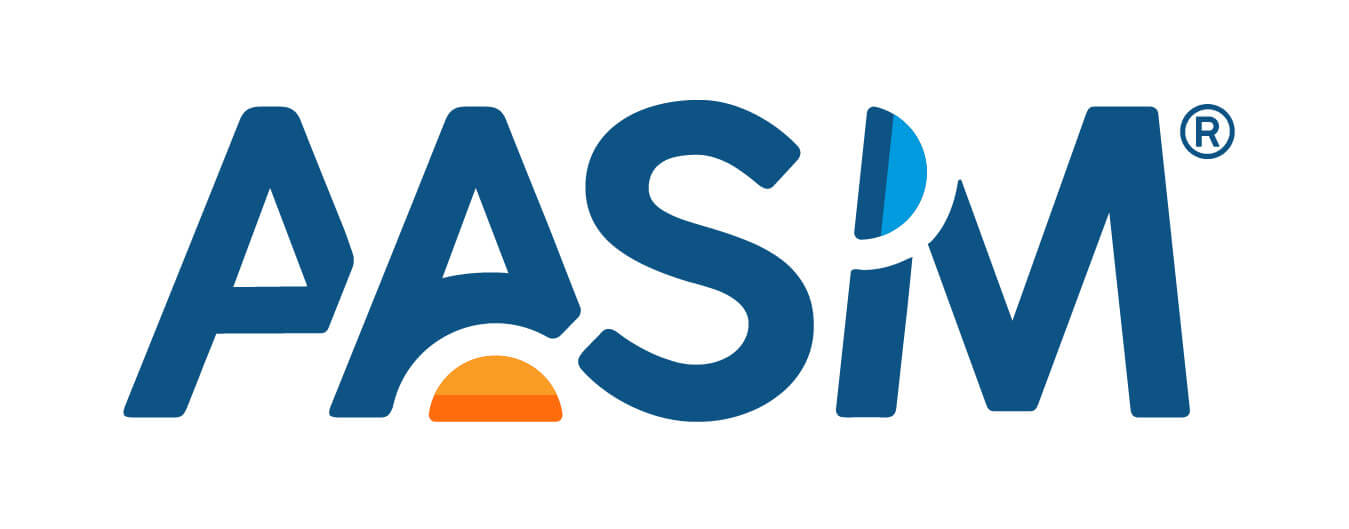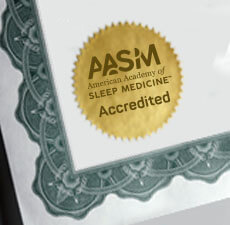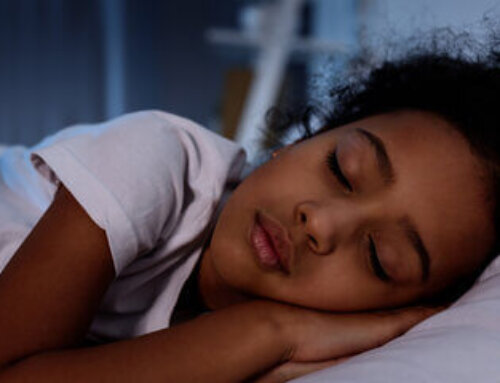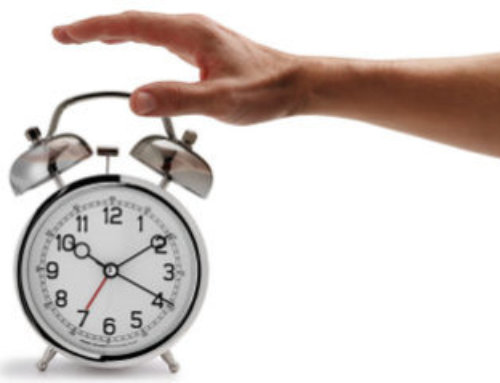EMBARGOED FOR RELEASE: 12:01 a.m. EDT, April 15, 2011
CONTACT: Emilee McStay, 630-737-9700, ext. 9345, emcstay@aasm.org
DARIEN, IL – A study in the April 15 issue of the Journal of Clinical Sleep Medicine shows increased automobile crash rates among teen drivers who start school earlier in the morning.
Results indicate that in 2008 the weekday crash rate for 16- to 18-year-news was about 41 percent higher in Virginia Beach, Va., where high school classes began at 7:20 – 7:25 a.m., than in adjacent Chesapeake, Va., where classes started at 8:40 – 8:45 a.m. There were 65.8 automobile crashes for every 1,000 teen drivers in Virginia Beach, and 46.6 crashes for every 1,000 teen drivers in Chesapeake. Similar results were found for 2007, when the weekday crash rate for Virginia Beach teens (71.2) was 28 percent higher than for Chesapeake teens (55.6). In a secondary analysis that evaluated only the traditional school months of September 2007 through June 2008, the weekday crash rate for teen drivers was 25 percent higher in Virginia Beach (80.0) than in Chesapeake (64.0). An investigation of traffic congestion in the neighboring cities did not reveal differences that might account for the teen crash findings.
“We were concerned that Virginia Beach teens might be sleep restricted due to their early rise times and that this could eventuate in an increased crash rate,” said lead author Robert Vorona, MD, associate professor of internal medicine at Eastern Virginia Medical School in Norfolk, Va. “The study supported our hypothesis, but it is important to note that this study does not prove cause and effect. We are planning to perform subsequent studies to follow up on these results and to investigate other potential ramifications of early high school start times.”
According to the American Academy of Sleep Medicine, the average teen needs a little more than nine hours of sleep each night. However, chronic sleep restriction is a common problem among teens. During adolescence, a biological change shifts the typical onset of sleepiness later at night. This delay can make it a challenge for teens to get enough sleep when they have to wake up early for school.
Vorona says that starting high school later in the morning may promote driver alertness by allowing teens to get more sleep at night.
“We believe that high schools should take a close look at having later start times to align with circadian rhythms in teens and to allow for longer sleep times,” he said. “Too many teens in this country obtain insufficient sleep. Increasingly, the literature suggests that this may lead to problematic consequences including mood disorders, academic difficulties and behavioral issues.”
Another study in the April issue of the Journal of Clinical Sleep Medicine suggests that delaying school start times by one hour could enhance students’ cognitive performance by improving their attention level and increasing their rate of performance, as well as reducing their mistakes and impulsivity. The Israeli study of 14-year-new, eighth-grade students found that the teens slept about 55 minutes longer each night and performed better on tests that require attention when their school start time was delayed by one hour.
Vorona’s study involved data provided by the Virginia Department of Motor Vehicles. In Virginia Beach, there were 12,916 registered drivers between 16 and 18 years of age in 2008, and these teen drivers were involved in 850 crashes. In Chesapeake there were 8,459 teen drivers and 394 automobile accidents. The researchers report that the two adjoining cities have similar demographics, including racial composition and per-capita income.
Further analysis by time of day found that, in the morning, the teen crash rates peaked when students would be commuting to school, from 7 a.m. to 7:59 a.m. for Virginia Beach and 8 a.m. to 8:59 a.m. for Chesapeake. Teen crash rates were highest in the afternoon hours, from 2 p.m. to 6 p.m. in Virginia Beach, where schools dismissed at about 2 p.m., and from 4 p.m. to 7 p.m. in Chesapeake, where schools dismissed between 3 p.m. and 3:45 p.m.
The study was supported by the Eastern Virginia School of Medicine Division of Sleep Medicine. Vorona presented the preliminary results of the study as an oral abstract last June at SLEEP 2010 in San Antonio, Texas.
Read more from the AASM about teens and school start times at http://www.sleepeducation.com/Topic.aspx?id=42.
The peer-reviewed Journal of Clinical Sleep Medicine (www.aasm.org/jcsm) is published bimonthly and is the official publication of the American Academy of Sleep Medicine, a professional membership society that is the leader in setting standards and promoting excellence in sleep medicine health care, education and research.
For a copy of the studies, “Dissimilar teen crash rates in two neighboring southeastern Virginia cities with different high school start times,” and “Delaying school starting time by one hour: some effects on attention levels in adolescents,” or to arrange an interview with an AASM spokesperson, please contact Public Relations Coordinator Emilee McStay at 630-737-9700, ext. 9345, or emcstay@aasm.org.








